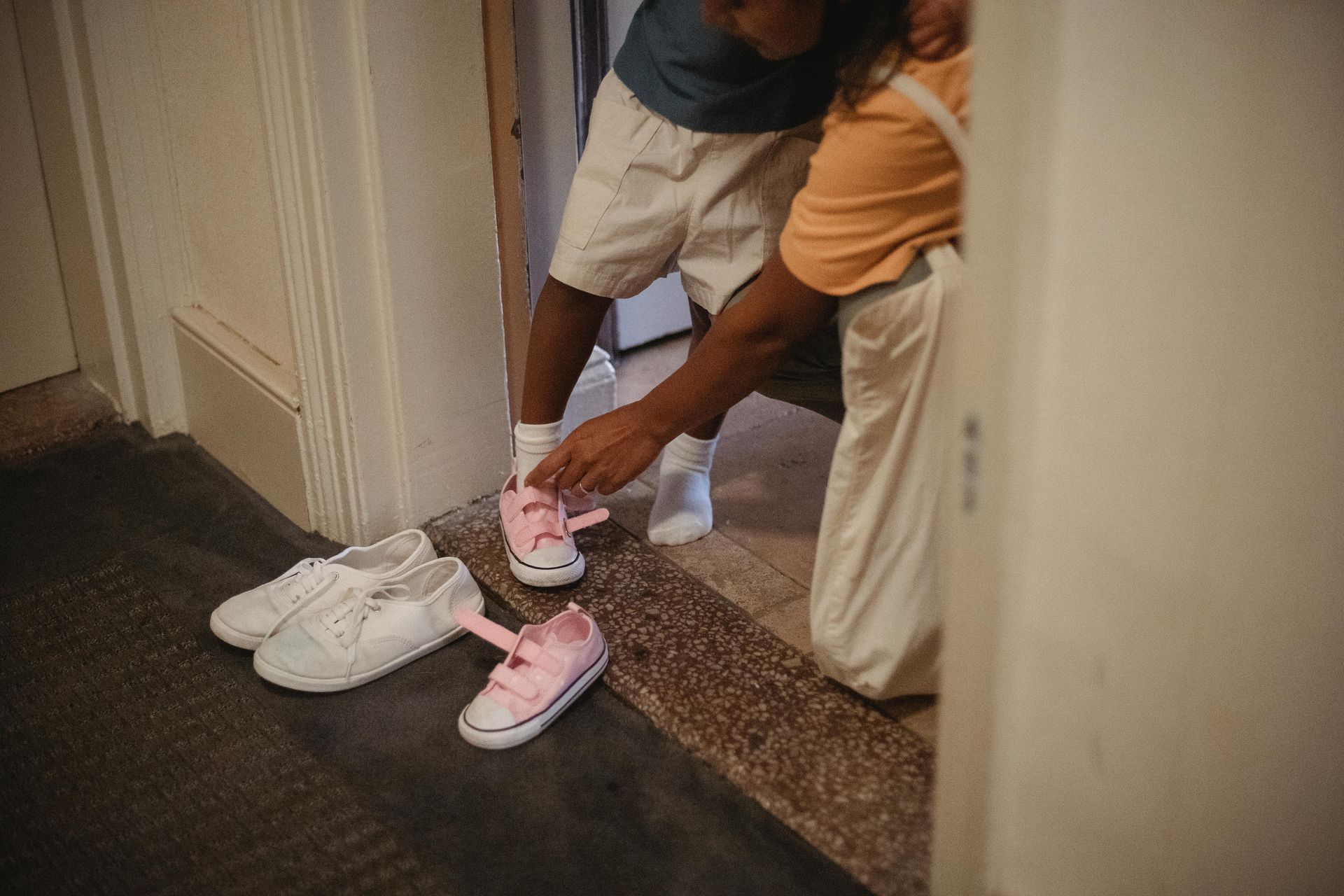Recipe for Cooperation

What if bedtime didn't have to feel like a negotiation? What if morning routines could flow without constant reminders? What if getting out the door could actually be...easy?
This isn’t as far-fetched as it might sound.
The secret lies in moving away from bribes and rewards and toward communication, understanding and connection.
So instead of:
"If you take a bath now, you can watch TV after"
Try:
"Your body worked hard playing today. Would you like to start your relaxing bath now or in five minutes?"
I’m not saying the kids get to decide whether or not to (insert anything) take a bath, but I am saying that by providing an explanation and offering a choice will likely yield cooperation.
This simple shift does something powerful: aside from building your relationship it also helps your child understand the 'why' behind what you ask, building their own internal motivation rather than relying on external rewards.
When children understand the reasoning behind requests, they're more likely to make positive choices – not just now, but for life.
Schedule a FREE, no obligation call right now if you would like support in making this shift.
Best,
Andrea











